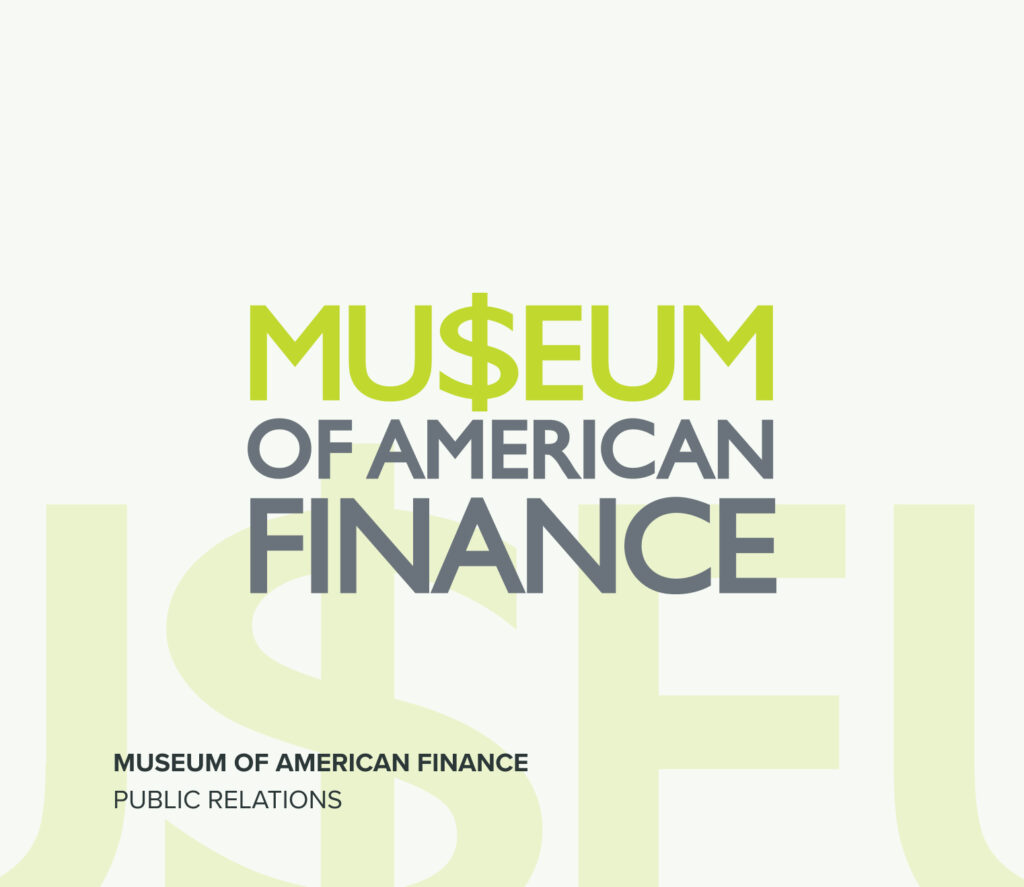Financial Regulation in the Headlines
Questions of financial regulation no longer occupy the headlines. They very much did after the financial crisis of 2008-2009, and they did again in 2023 when an elaborate Dodd-Frank regulatory structure did nothing to protect against the failures of the Silicon Valley Bank (SVB), Signature Bank, and First Republic Bank. If not in the headlines, regulatory questions still get a lot of attention in Washington, where the rules are written, and within the financial community, where people have to find ways to comply with those rules. The general consensus is that regulatory structures need tightening yet again to avoid future troubles.
As this next round of regulatory reform again reaches the front page, there is room to hope that it will do a more comprehensive job stabilizing the system than past rounds have done. But there is only so much even the best regulatory structures can do. Excess and collapse from time to time are simply an unavoidable part of the financial system. No matter what new safeguards the regulators put in place, the United States will surely suffer another crisis, though timing is vague and likelihoods suggest it will be nowhere near as severe as in 2008-09. A forecast of collapse is an easy one to make. Regulations simply cannot banish this risk unless they are so severe that they steal the major contribution finance makes to society’s prosperity. In other words, offer a cure that is worse than the disease.
The Limits of Regulatory Safeguards
History makes the failures of past regulatory safeguards patently clear. Although Dodd-Frank reforms were not in place before the disaster of 2008-09, the system was nonetheless heavily regulated. The Federal Reserve (Fed) had a role as did the Comptroller of the Currency, the Securities and Exchange Commission (SEC), state regulatory bodies in this country, equivalents in most other countries, and internationally, the Bank for International Settlements (BIS) in Basel, Switzerland. And all the strictures imposed by these bodies did little to stop the financial collapse. Indeed, at the start of the crisis, when the investment bank and broker-dealer Bear Stearns first revealed problems, the firm was in full compliance with all regulations. So were most every other major financial institution that ultimately had troubles. And yet, the system suffered a massive collapse.
Almost as an admission that the regulations were inadequate, the authorities in 2008 immediately reached outside regulatory structures to control events. The Treasury put billions of taxpayer dollars at risk with emergency lending to financial institutions through what it called the Troubled Asset Relief Program (TARP). The Fed and other central banks brought lending rates around the world down to near zero and otherwise found novel ways to make billions in financial liquidity available to otherwise failing banks and other financial institutions. The authorities forced sales, made extraordinary loans, took over financial firms, and let others go bankrupt in the process. If this jerry-rigged approach contributed to the panic of that time, it certainly pointed up the inadequacy of the regulations.
Why Dodd-Frank Couldn’t Prevent the 2023 Bank Failures
The elaborate Dodd-Frank regulatory reforms were a direct response to these inadequacies, and yet they failed to prevent an admittedly mild financial panic when in 2023 SVB and two other medium-sized banks failed. Again, the authorities had to reach outside regulatory structures to regain control, in these cases by overriding the statutory limits on depository insurance and in the process weakening the finances of the Federal Deposit Insurance Corporation (FDIC). Regulators are presently working on an improved system. Any improvements will, like these past structures, inevitably leave the fundamental risks implicit in the reality of finance.
A first weakness will emerge from the fact that new regulations will unavoidably focus on the causes of the most recent past threat to the financial system. The framers of Dodd-Frank, for instance, focused on the cause of the 2008-09 downfall – loan losses in real estate. They also focused on larger financial institutions because they were the greatest threat during that crisis. But all the elaborate procedures and tests of the Dodd-Frank reforms failed entirely to anticipate, much less include provisions to guard against the strain that rising interest rates would have on medium-sized banks, such as SVB. In retrospect, such a consideration seems obvious. Interest rates, after all, rise and fall. Yet for all the guidance and commands included in Dodd-Frank, there was nary a mention of nor ways to limit a bank’s vulnerability to swings in interest rates. It is always the same. Each new iteration of regulations fights the last war, so to speak.
More generally, the legal structures on which regulations count inevitably struggle to cope with the protean nature of finance. Rules must state explicitly to which sorts of institutions they apply and under which conditions. While such constraints may limit risk in the sorts of institutions and activities they identify, the constraints themselves only invite the development of new institutions, practices, and arrangements not explicitly covered by the rules. Dodd-Frank, for example, constrains how much credit risk banks can take and what provisions for loss they must make at each level of lending risk. But because risky borrowers still want funds and will pay high rates to get them, new institutions and practices have arisen to fill the gap left by the constrained banks. Since Dodd-Frank went into effect, a so-called “shadow banking system” has met the demand for riskier loans. All Dodd-Frank has done is shift the epicenter of risk within the broad financial system.
The Inherent Risk of Modern Finance
At a still more fundamental level is the fact that huge risk simply is implicit in finance. The great complexities of modern finance can obscure this underlying nature, but it is nonetheless unavoidable. To see why, consider the two basic functions banks and finance generally have in the economy: 1) They offer depository and transfer services to businesses and individuals in support of essential day-to-day payments. 2) To bear the cost of that function, financial institutions lend out a large portion of those deposits at interest to individuals and businesses. In this way, they support the expansion of existing businesses, investments in new ventures, and hiring. In other words, they support the essential process of economic growth. As should be obvious, the whole structure is fraught with risk. The economy, to get the most out of the nation’s financial resources, wants as much lending as possible but the more that is lent out, the more vulnerable are all the deposits.
An admittedly simple illustration can demonstrate how much risk is involved. Say, for example, that administration and interest on deposits cost banks 2.0 percent of the total amount involved. If they lend all the money out at interest and charge the borrowers, say 5.0 percent, they would enjoy a margin of three percentage points over cost. If any more than 3.0 percent of their borrowers failed to pay, they would struggle to meet obligations to their depositors. A capital set aside of 3.0 percent would just cover things. The Bank for International Settlements in Basel, Switzerland would protect the system further by requiring a capital set aside of 8.0 percent. But even a minor recession could easily create more troubled loans than 8.0 percent, and a major recession could drive up the problem loans to well over 10-20 percent.
Some might want to erase this risk by insisting on regulations that would, for instance, demand capital set aside 25 percent or more. That would guard against failures, but it would also block a significant part of the economy’s financial resources from flowing to the businesses and people who need it to expand, innovate, and hire more workers. It would also leave the banks so short of revenue that they would struggle to operate the economy’s payments system. If, for instance, only 75 percent of the deposits of the earlier example were lent out at 5 percent, the average inflow, if everyone paid, would amount to only just over 4.0 percent of that deposit amount, giving banks only a two-percentage point margin over the cost of supporting the deposit and payment system.
The huge capital requirements would relieve the risk in the financial system, but the system would all but fail to support economic expansion and might also fail to support the payments system. It is in consideration of this tradeoff between risk on the one hand and support for the economy on the other that prompts the BIS and other regulators to accept risk and do their best to keep the required capital cushion relatively small.
Why Regulation Can Only Go So Far
None of this is to say that regulations are useless. They do provide a guide for financial institutions to settle on an appropriate level of prudence, and it helps to have independent people (regulators) review bank procedures to assure the public that bank managements are proceeding with reasonable levels of caution. As should be clear, however, it is a fiction to claim more for regulations than this important but incomplete contribution.
Indeed, it is worse than just misleading to claim more for regulation than it can deliver. Believing that the rules can do more than is possible tempts financial executives to substitute compliance for a reasoned caution, especially dangerous in periods of great uncertainty, when the limits imposed by regulations are inadequate to protect the institution and its depositors. A healthy understanding about the limitations of regulations would encourage the additional thought required by that kind of environment. By the same token, confidence in regulators and regulations can allow the general and business publics to forgo the kind of due diligence on their financial partners that they should exercise, a due diligence that can also protect against risk.
One could even say that regulations, helpful as they can be, introduce a kind of moral hazard into the system. Too much reliance on regulations tempts all—bankers, businesspeople, and the general public—to neglect the reasonable cautions they would consider if they were more realistic. An acknowledgement of this reality might be the only way to induce a moderating prudence into all financial decision making and reduce risk in ways that rules cannot. Such realism might even avoid the next crisis, or at least moderate it.


